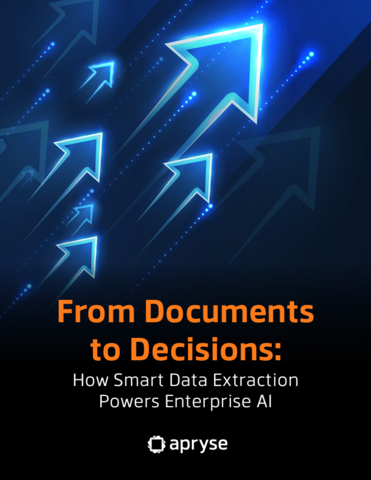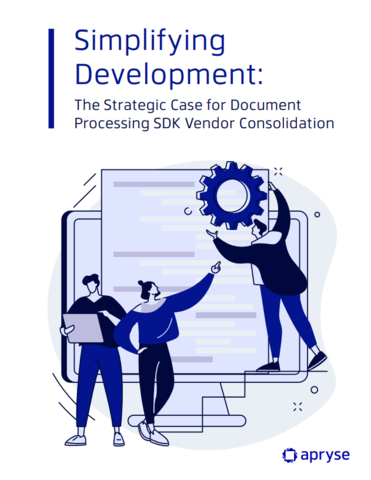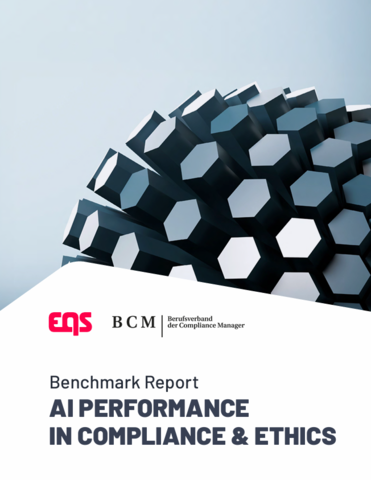The case for using AI vendor expertise

Yohan Lobo at M-Files explains how the role of the tech vendor is changing in the AI era
Economic prosperity is intrinsically linked to the success of the technology sector, which contributes £150 billion annually to the UK economy. In recognition of the industry’s value, the government laid out the ‘AI Opportunities Action Plan’ at the start of the year, aimed at ramping up AI adoption across the UK and boosting economic growth.
If this tech transformation is to yield rewards, third-party solutions providers, so often at the cutting edge of innovation, are sure to play a crucial role. These companies identify pain points within established markets and provide specialised services and technologies, ranging from IT support to GenAI development, allowing clients to focus on core operations.
Vendor expertise is sure to be required in a rapidly evolving technological landscape. 78% of companies have now embedded AI in at least one business function, and rolling out these solutions at scale is a challenge even the most deep-pocketed organisations will struggle to tackle without support.
As the rate of AI adoption continues to accelerate, are these vendors more vital than ever to sustaining the tech industry’s expansion?
AI integration is difficult to manage alone
Businesses across industries are racing to introduce AI (in particular, GenAI) tools, but very few have perfected the formula. Only 1% of company executives describe their GenAI rollouts as mature, underscoring the fact that the journey to widespread AI integration is far closer to its beginning than conclusion.
Many are viewing AI as a race to effective deployment, with the first companies in a given industry use case to achieve this feat likely to benefit from a significant competitive advantage. However, developing this technology is an extremely labour-intensive and costly process that many organisations simply do not have the resources to manage.
Companies that decide to join forces with vendors to deliver their AI roadmap, rather than starting this process from scratch, will benefit from the third party’s skills and ready-made solutions. Upfront investment may be higher, but this can also prevent sunk costs that accompany scrapped AI projects if a business is unable to see the initiative through.
From a vendor perspective, pressure has intensified to offer AI in some form across their offering to catch the attention of customers, even if this isn’t a direct fit. In reality, solution providers are better served by maintaining authenticity and sticking to the niche they’ve carved out; over-promising on AI when it’s outside a vendor’s scope of knowledge will erode trust with clients.
Don’t look for a vendor, look for a partner
Central to the success of a union between a company and a third party is the idea of partnership: both organisations need to work together in the pursuit of a shared goal. Vendors should take time to understand the client, what they want to achieve, and the current pain points they are experiencing.
The objective should be to go beyond a transactional relationship and invest time to develop the partnership. Helping vendors to gain a better understanding of you as a client will mean they can deliver solutions that better fit your company.
However, as clients look to embed AI at scale, third parties are doing the same, increasing the danger of the human element being removed from interactions altogether. According to research from Cisco, 68% of all customer service and support interactions with tech vendors could become automated by 2028, potentially harming relationships between clients and solutions providers.
Developing long-term relationships is crucial. Both entities will better understand each other’s needs and the quality of the service delivered will improve. Leaning on AI to manage client relations may not be the most effective means of achieving this. Instead, a blend of AI interactions for enhanced efficiency and the human touch for onboarding and complex queries should keep customer satisfaction high.
Personalisation will also become increasingly important. It’s very rare that vendor offerings can instantly be added to the tech stack, and therefore, third parties should spend time tailoring solutions to ensure a seamless initial period.
Focus on what you do best
Technology is evolving so quickly that it’s becoming a challenge for companies to keep up with the rapid pace of change.
Partnering with vendors frees up businesses to concentrate on the area they specialise in, without having to funnel resources into technological development they may not be equipped to manage alone.
In some cases, it makes sense to handle projects in-house, especially for organisations that would benefit from owning the IP of a solution; but this requires significant investment and knowledge.
The vendor has emerged as a facilitator for businesses who want to avoid distractions and concentrate on perfecting their core offerings, stepping in to streamline front and back office operations while clients continue to effectively serve their customers.
Winning the AI race − together
Companies are being told they must act fast on AI, but few can afford to go it alone. Trusted third-party partners can bridge the gap between ambition and execution, helping businesses integrate AI in a way that delivers lasting value.
Yohan Lobo is Senior Industry Solutions Manager at M-Files
Main image courtesy of iStockPhoto.com and nortonrsx

Business Reporter Team
Most Viewed
Winston House, 3rd Floor, Units 306-309, 2-4 Dollis Park, London, N3 1HF
23-29 Hendon Lane, London, N3 1RT
020 8349 4363
© 2025, Lyonsdown Limited. Business Reporter® is a registered trademark of Lyonsdown Ltd. VAT registration number: 830519543





